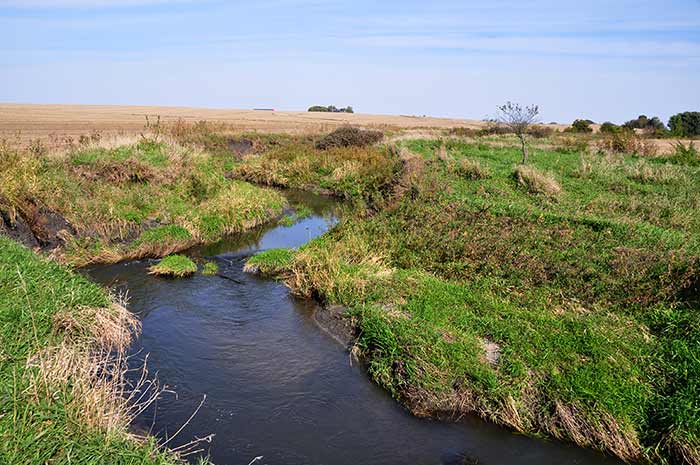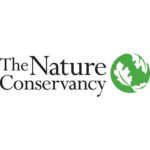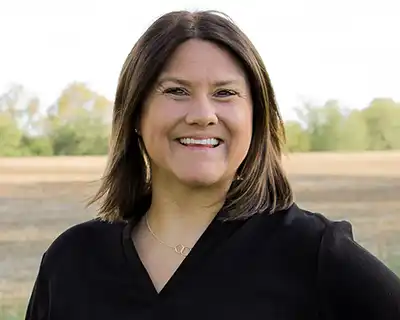Scientific research tells us that improving nutrient management and soil health in farm fields can increase productivity and deliver conservation benefits. But research also tells us that we need to focus on improving conditions at the edges of the farm fields, too.
Decades of scientific research tells us that improving nutrient management and rebuilding soil health in farm fields can increase productivity for farmers and deliver a range of conservation benefits. But research also tells us that we need to focus on improving conditions at the edge of the farm fields, too.
This whole-farm approach will help achieve a regenerative agricultural system, one that moves beyond sustaining natural resources to restoring and enhancing our lands and waters, as well as addressing climate change. By using both in both in-field (e.g., cover crops, nutrient management, crop rotation) and edge of field (EoF) conservation practices, producers can improve long-term sustainability and resiliency, as well as help meet state and national water quality, greenhouse gas, and habitat goals.
“We need to harness the larger landscape by creating conservation opportunities at the field edge,” says Kris Johnson, Ph.D., director of agriculture with The Nature Conservancy in North America. “Through the implementation of conservation and stewardship practices at the edges of farm fields, we can realize water quality and climate goals—a crucial but under-utilized conservation opportunity.”
Farmers across the United States are successfully implementing EoF practices to better manage water and reduce nutrient and sediment loss from their fields. They have seen the benefits first-hand, and their experiences demonstrate the crucial role well-managed farms can play in solving environmental challenges.
“Water management is a critical component when thinking about optimizing production and minimizing risks, Keegan Kult, executive director of the Agricultural Drainage Management Coalition. “Edge of field practices are designed in a way to work with a farmers drainage system to maintain or enhance in-field productivity, while minimizing the nutrients escaping the field. Drainage water management and now automated drainage water management can even show a farmer a return on their investment when properly sited.”
The Value of Edge of Field Practices
EoF practices are designed to slow, filter, and process water running off farm fields, both above and below the surface. In addition to providing water quality benefits, they also enhance water storage, pollinator and wildlife habitat, and streambank stabilization; store more carbon; and reduce greenhouse gas emissions. These practices include:
- Vegetated buffers provide a transition zone between the crop field and a water feature. The vegetation slows surface runoff, filters pollutants, and reduces erosion. Learn more.
- Grassed waterways are an erosion control practice that provides a stabilized flow path for water through a farm field. Learn more.
- Prairie strips are integrated with or planted at the edge of crop fields reduce nutrient and sediment loss while benefitting birds, pollinators and other wildlife. Learn more.
- Constructed wetlands are an engineered ecosystem designed to optimize specific wetland characteristics and functions to improve water quality. Constructed wetlands can be designed to treat surface and/or subsurface flows. Learn more

- Two-stage ditches are trapezoidal drainage ditches with added floodplain benches that slow water flow and promote sediment and nutrient retention and bank stability. Learn more. Learn more.
- Saturated buffers resemble a traditional buffer, but it is designed to capture and treat water from underground tile drains. As water seeps slowly through the buffer, high organic matter in the soil promotes denitrification. Learn more.
Edge of field practices can be paired with in-field conservation practices to support farm productivity and profitability while maximizing the conservation benefits. In fact, scientists with The Nature Conservancy (TNC) estimate that approximately 550,000 acres of restored and constructed wetlands could help treat nutrient loss from 50 million acres of cropland, improving the health of lakes and rivers across the country.
In addition to the staggering water quality benefits offered by this suite of practices, TNC scientists also estimate that wide-spread implementation of restored and constructed wetlands could sequester 7.4 million tons of soil organic carbon adjacent to working lands over a 10-year period. Such practices could be a revenue stream for farmers who enroll in ecosystem services markets, as well as a boon to climate change mitigation efforts gaining momentum across the food and agriculture industry.
Yet, to achieve environmental benefits at these large scales, more farmers must adopt EoF practices. This isn’t always easy. There are barriers to adoption: up-front costs, technical issues, and misconceptions about the role that these practices can play on productive, profitable farms.
Collaboration for Large-scale Impact
How do we overcome barriers and help farmers adopt EoF practices on a larger scale and at a faster pace? In 2020, TNC, the Soil and Water Conservation Society (SWCS) and Meridian Institute came together to find answers.
The three organizations convened 26 leaders, including farmers who are early adopters of EoF practices; representatives from environmental and conservation nonprofits, commodity groups, professional associations and agriculture and food companies; and current and former public agency staff.
Building upon a shared base of knowledge, the group developed Leading at the Edge: A Roadmap to Advance Edge of Field Practices in Agriculture. Featuring successful and innovative case studies from across the nation and recognizing the accomplishments of individuals and organizations, the EoF Roadmap is a blueprint for collaborative action implement these practices on a larger scale and at a faster rate.
“The Agricultural Drainage Management Coalition was excited to participate in the Roadmap to raise awareness of these underutilized practices,” said Kult one of the partners that met virtually over the course of six months in 2020 to develop the Roadmap.
The EoF Roadmap is a call to action for partnerships, conservation groups, policy makers, farmers, farm organizations, supply chain companies and other agricultural stakeholders. Working collaboratively, stakeholders can elevate public awareness of EoF practices and the role they play in helping to improve the sustainability of the U.S. food system and help the business and government sectors meet environmental goals.
Together, we can transform our agricultural landscape for the benefit of our producers, our communities and the environment we all share. Learn more at nature.org/EdgeofField.



